

In this step by step tutorial you will learn how to set lights, cameras and render settings for an interior scene using 3ds Max and V-Ray 2.0. Each step will take you through how to render during the day as well as rendering at night as each scenario requires different lighting and render settings. The day scene will be illuminated using the VRaySun and VRaySky and the night scene will be illuminated using artificial light generated from interior lights and lamps. Correct material properties and light intensities are the key to achieving correct overall illumination.
The V-Ray Physical Camera will be used to control the exposure as the lights and camera work together to create the correct intensity for day and night. Scenes that have low level lighting are more likely to generate artefacts, so the right balance is required in order to get a high quality render with minimal noise and splotches within an acceptable render time. No render is complete without a little bit of post-production. You will the techniques used in the industry to enhance and improve areas within your renders using passes such as ambient occlusion and colour correcting techniques in Adobe Photoshop.
Topics covered:
VRaySun and VRaySky
Exposure control and camera setup
Day time and night time rendering
Artificial lighting
Translucent materials and illumination
Render settings
Render elements
Compositing and post production
Downloads
If you would like access to the scene files used in this tutorial please?click here?to download.
Stage 1 – Set up the VRaySun and VRaySky system for the day time scene
The VRaySun and VRaySky are designed to work together to produce real-life sun and sky. Their appearance is dependent on the suns position so moving the sun higher would create a bright sunny mid-day whereas moving it lower to the ground would create dusk. The VRaySky is placed as a map in the 3ds Max environment slot and by default it is linked to the sun. Therefore it will change its colour automatically as you move the sun around the viewport.
By default, the sun and sky are extremely bright as it is in the real world, and without the right exposure the results can be incorrect. To counter act the extreme brightness, the VRayPhysicalCamera will be used and by adjusting the exposure of the camera, you are able to keep close to the default values of the sun and sky.
Begin by opening the file “t_Max_interior_starter_day_start.max”. If you are prompted to accept gamma correction and unit measurement settings then choose to adopt the files settings. It is important to maintain a real world scale within your workflow as many of the settings you apply will be based on real world values. Light intensity and camera exposure are much simpler to set up and adjust when the scene is correctly scaled. Particularly within architectural visualisation, it is common to work in real world scales so that the proportions of the objects within your scene are physically correct or they can look out of place.
Use gamma 2.2 correction to achieve realistic illumination

Gamma correction is recommended because without it you may use lots of lights that have high multipliers. These high intensity lights can cause blow-outs near the light source, which will then need to be corrected in post production. By using gamma correction, your lights will have the correct illumination and falloff and you will be able to use less of them in the scene.
Align to sun to direct light into the building

Go to the create panel and choose lights, then from the drop down menu choose VRay and add a VraySun. When prompted to automatically add a VRaySky environment map, click yes. Select the sun target and right click the move tool. In the absolute world parameters set X to 2020mm, Y to 0.0mm and Z to -245mm. Next select the sun and this time set X to -7427mm, Y to 25mm and Z to 13553mm. This will make the sun come from the east side of the building through one of the sky lights in the roof. The sun is positioned high but maintains a short distance from the building which will generate much softer shadows compared to a sun further away.
With the sun still selected, go to the setting panel and reduce the intensity multiplier to 0.5 and set the size multiplier to 5. The smaller the sun, the sharper the shadows become. Next increase the shadow subdivisions to 28 to improve the quality. Finally change the sky model to CIE Clear which will create a bright sunny day.
Stage 2 – Balance the light intensity with exposure control and camera setup
Due to the VraySun’s extreme brightness exposure, control is required to balance the intensity so that the image is not blown out. The VRayPhysicalCamera allows you to use real world parameters such as shutter speed, f-number and lens focal length. This is particularly useful if you are setting up depth of field or motion blur as these settings would increase or decrease the effect whilst being able to maintain a correct exposure. However if you do not plan to have any of that then the parameters can be over whelming to set up when just controlling the overall exposure.
Within this scene there is no depth of field so to make it easier to match the sun’s intensity we will only use one setting, which is the f-number. The f-number is a series of stops that control the size of the aperture on the camera, usually this either doubles or halves in size. Smaller f-numbers mean that the aperture is larger and therefore let’s more light in which makes the image brighter. Whereas larger f-numbers make the aperture smaller meaning less light is let in and makes the image darker.
Position the camera and target by focusing on an object in the scene

Go to the create panel and choose cameras, then from the drop down menu choose VRay and add a VRayPhysicalCamera to your scene. Select the camera target and right click the move tool. In the absolute world parameters set X to -4891mm, Y to 20714mm and Z to 3502mm. Next select the camera and this time set X to 1285mm, Y to -7012mm and Z to 3773mm. Go to the camera settings and change the film gate to 30 and the focal length to 40.
A small f-number means more light is let in resulting in a brighter image

Set the f-number to 5.5 and set both the shutter speed and film speed (ISO) to 200. This effectively cancels them both out so the only control you need to adjust is the f-number. Set the custom balance to neutral as we will be doing any colour correcting in post production using Adobe Photoshop. Finally right click the active camera view and choose show safe frames so that the viewport aspect ratio matches the render output.
Use show same frames to preview the render aspect ratio

Stage 3 – Add V-Ray lights to boost the illumination from the outside
In interior visualisation the VraySun is sometimes not strong enough to illuminate the entire scene. To increase the illumination, VRayLight’s can be placed at windows and open areas, these lights are physically accurate area lights that generate soft lighting and shadows. The intensity of the light is controlled by a multiplier as well as the size. Larger lights tend to decrease contrast whereas smaller lights increase contrast. The light comes in various shapes and sizes as well as different ways to adjust intensity. For windows in particular the plane type is used as this can sit flush against the outer wall and push light into the building.
The intensity is dependent on the size of the light, larger lights can cause washed out effects

Go to the create panel and under lights choose VRay and then VRayLight. Tick auto grid and make sure the light type is set to plane. Click and drag a plane light on to the side of the building and cover one of the side windows. Try to get the light central to the window. Don’t worry too much about the size as we will adjust that next. Go to the light settings and set the half length and half width to 1500mm. Set the multiplier to 40 and tick invisible so that the light does not show up in the render. Finally set the subdivisions to 28 to increase the shadow quality.
Increase the sampling subdivisions to improve the shadow quality

Hold down the shift key and click and drag to make an instance. Next position the light over the other window on the same side. Select both of the lights and by using the mirror tool, mirror the lights on the X axis and choose instance for the clone selection and click OK. Move the two new lights along the X axis until they sit just outside the windows on the opposite side.
Next we will create the lights for the skylights. Using auto grid once more, click and drag a plane light over one of the skylights on the roof. Set the multiplier to 60 and make sure invisible is ticked and the subdivisions are set to 28. Set the half length and half width to 1200mm and under rectangle light options set the directional to 0.5 to make the light more direct. Hold shift and drag the plane light over the other skylight on the same side to create an instance. Then finally use the mirror tool to instance two more lights along the X axis and position them on the other side.
Stage 4 – Create artificial light for the night time scene

For night time scenes, artificial light is used to simulate lamps and lights. No illumination from outside means that the lights inside must provide a good amount of illumination. Small amounts of light can sometimes create splotches and noise so the right balance of illumination and render settings is required in order to produce a clean render. The artificial lights will be controlled by power instead of multiplier and size. This allows for the light to be any size whilst outputting the correct intensity, which is particularly useful for simulating light bulbs. The lights are smaller and much brighter than in the day time scene so the camera must be set up correctly to avoid blown out and over bright areas.
Luminous power (lm) allows means the lights can be a small in size but maintain a high intensity

Open “t_Max_interior_starter_night_start.max”. You will notice the VRaySun has been removed as it is no longer required. Also the lights from the windows and sky lights have been removed. In the top view create a VRay plane light. Set the multiplier to 15 and make sure invisible is ticked and the subdivisions are set to 28. Adjust the colour to be a warm colour such as R255 G216 B111 and set the half length and half width to 800mm. Right click the move tool and in the absolute world parameters set X to -52mm, Y to 3977mm and Z to 5488mm. This will place the light in the back room behind the brick wall. Select the VRayPhysicalCamera and reduce the f-number down to 2.5 to increase the exposure within the scene.
Material settings for the floor lamp

Select the “Floor_Lamp_Orb” object and open the material editor. Create a new VRay material and set the diffuse colour to R240 G240 B240. Set the reflection to R255 G255 B255 and tick Fresnel reflections. Set the Fresnel IOR to 1.8, the glossiness to 0.98 and adjust the subdivisions to 24. Under refract set the colour to R80 G80 B80, the glossiness to 0.8 and the subdivisions to 28. Finally adjust the IOR to 1.8 and then assign this material to “Floor_Lamp_Orb”.
Create a new VRay light and set the type to sphere. Right click the move tool and in the absolute world parameters set X to 1298mm, Y to -1474mm and Z to 2786mm to position the sphere light inside the floor orb. Go to the sphere lights properties and set the intensity units to luminous power (lm), this will make the size of the light not affect the intensity. Set the multiplier to 8000 and the colour to R255 G210 B87. Set the radius to 40mm and make sure invisible is ticked and the subdivisions are set to 28. Because the light is positioned inside the lamp, it will generate a lot of noise as V-Ray tries to calculate it. To avoid this, right click “Floor_Lamp_Orb” and to go object properties then untick cast shadows. Click OK then right click the object once more go to VRay properties and untick visible to GI.
Again, create another new VRay light and select mesh as the light type. In the light properties make sure replace mesh with light is ticked, choose pick mesh and select “Floor lamp bulb”. Set the intensity units to luminous power (lm) and the multiplier to 9000. Change the colour to R255 G223 B136 and untick invisible so that the light bulbs are visible within the render, finally check the subdivisions are set to 28.
A VRay2SidedMtl lets light pass through which is idea for a lampshade material

Select the object named “Shade”. In the material editor create a new VRay2SidedMtl, this will allow light to pass through the lamp shade and illuminate the interior. Assign a VRay material to the front material and add a falloff map to the diffuse. Within the falloff settings set the top colour to R159 G160 B147 and the bottom colour to R196 G197 B182. You can also add bump maps or textures here for the lamp shade. Click go to parent twice to go back up to the top level and in the 2 sided material settings change the translucency colour to R180 G180 B180. Finally apply the material to the lamp shade.
Stage 5 – Rendering the final image and generating render elements
The render settings control the quality of the final output. Indirect illumination is V-Ray’s implementation of global illumination which is generated from bounced light, without it the render would be illuminated incorrectly. Also within the render settings is sampling which controls the noise levels of glossy materials and shadows. Low settings will render faster but the results will be noisy especially in low lit areas and reflections.
Render elements can be generated from the beauty pass and these allow for greater control of your image in post production to improve the final result. A render element known as ambient occlusion brings back loss of shadow detail due to occlusion and adds darkness in corners, cracks and creases which can simulate dust and dirt.
The following settings can be applied to both the day time and night time scenes. Open up the render settings and in the VRay tab enable the built in frame buffer. Tick save separate render channels and point to a location to save out the beauty pass and the separate render elements. Also make sure you have save RGB and save alpha ticked. Under image sampling (antialiasing) set the antialiasing filter to Mitchell-Netravali. This is a balance between sharp and blurred edges. In the adaptive DMC settings increase max to 11 and untick use DMC sampler threshold to set the Clr threshold to 0.007. This will reduce the noise within the render.
By using Reinhard colour mapping you have finer control between linear and exponential

In colour mapping set the type to Reinhard. This allows you to control the balance between linear and exponential colour mapping. A burn value of 1.0 means 100% linear and a value of 0 means 100% exponential. Sometimes linear colour mapping can lead to blown out areas within the scene, so to reduce this set the burn value to 0.9. Set the gamma to 2.2 and tick both sub-pixel mapping and clamp output. These two settings will clamp the colours to avoid any blown out areas which sometimes create unwanted black halos.
The indirect illumination irradiance map settings

Go to the indirect illumination tab and turn it on. Leave the primary GI engine as irradiance map and change the secondary GI engine to light cache. Within the irradiance map settings set the current preset to high and increase the HSph subdivisions to 100 and the interpolation samples to 30. This will help reduce splotches by smoothing them. A too high value will give a lack of contrast between light and dark areas causing the final render to look flat. Tick both show calculation phase and show direct light to see what is going on during the irradiance map prepass.
The indirect illumination light cache settings

Under light cache, increase the subdivisions to 1500 and again tick show calculation phase.
Render elements are used to enhance the render in post

Go to the render elements tab, click add and then select VRayExtraTex and VRayWireColour. The VRayWireColour render element will allow us to easily marquee select areas within the render in post production to make any colour adjustments. Select the VRayExtraTex and add a VRayDirt map to the texture slot, then click and drag the VRayDirt map to an empty material slot in the material editor. Increase the radius to 120mm. The larger the radius, the more shadow is generated from the ambient occlusion. Too larger radius will make the result unrealistic and dirty. Finally set the subdivisions to 24 to reduce the noise.
The VRayDirt map can be used to generate an ambient occlusion pass

Render out the beauty pass, the alpha and the two render elements for both scenes at a high enough resolution to make any adjustments in post production easy to complete. A resolution of 3000 pixels by 2000 pixels is a good size and save the images using an uncompressed format such as TIF.
Stage 6 – Image enhancements and Colour adjustments in post using Adobe Photoshop
The following post processing techniques can be applied to both the day and night time renders. Open Adobe Photoshop and go to file then scripts and choose load files into stack. When prompted select the following files: the beauty pass, ambient occlusion, alpha, wire colour and finally the background image which is supplied on the download link at the bottom of this post.
You can quickly load all render passes as a layered PSD using a script

First hide the wire colour layer and select the beauty pass. Add a new mask and then copy and paste the alpha into the new channel. This will make the windows transparent so we can add a background behind. Move the background layer to the bottom of the stack and delete the alpha layer as this is now stored as a channel. Move the ambient occlusion layer to the top of the stack, set the blend mode to multiply and reduce the opacity to 20%.
In the day time render?collapse the stack and duplicate the resulting layer and place it on top. Go to filter, blur and then Gaussian blur. Set the radius to 15, then reduce the opacity to 60% and change the blend mode to soft light. This will create a nice soft feel to your render whilst maintaining crisp edges within the layer below.
Add a soft focus to your render using Gaussian blur

Add a curves adjustment layer to the top of the stack and set the output to 140 and the input to 130. This will enhance details within the image whilst increasing the brightness and contrast. The resulting render is a little too warm for that time of day. To reduce this, apply a colour balance adjustment to the top of the stack and set the cyan/red midtones to -10. This will increase the blue and make the image much cooler in temperature.
You can change the temperature of an image using colour balance

In the night time render?again collapse the stack and duplicate the resulting layer and place it on top. Go to filter, blur and then Gaussian blur. Set the radius to 20, then reduce the opacity to 30% and change the blend mode to soft light. Finally add a curves adjustment layer to the top of the stack and set the output to 140 and the input to 120. Use the wire colour layer to marquee select specific areas within your render to make even finer adjustments.
本站文章未经许可,禁止转载!
如果文章内容介绍中无特别注明,本网站压缩包解压需要密码统一是:www.cgown.com
本站资源由互联网搜集整理而成,版权均归原作者所有,仅供观摩学习,不保证资源的可用及完整性,不提供安装使用及技术服务。
若无意中侵犯到您的版权利益,请来信联系我们,我们会在收到信息后会尽快给予处理!版权说明点此了解!






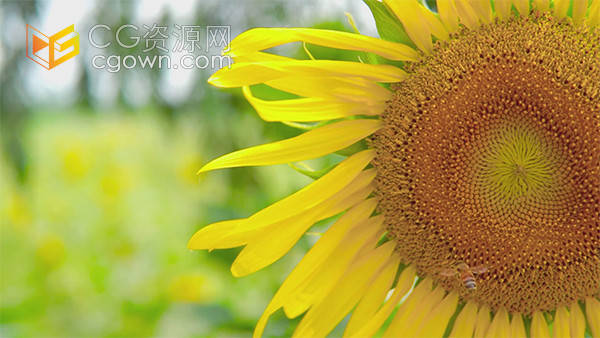





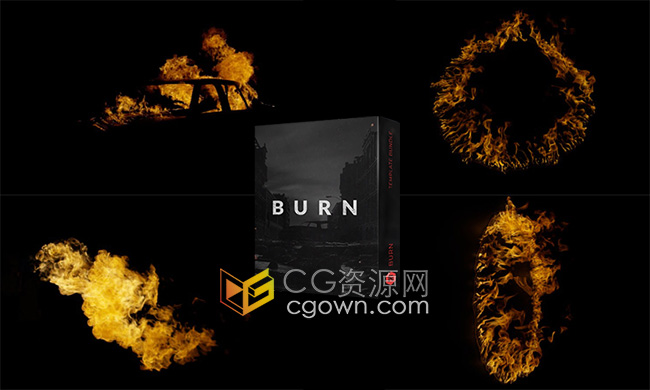
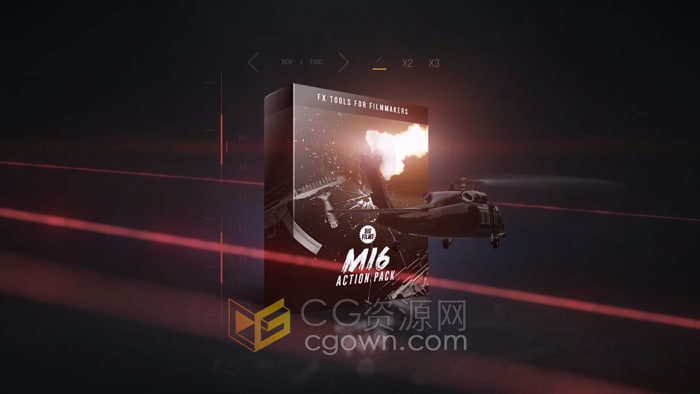
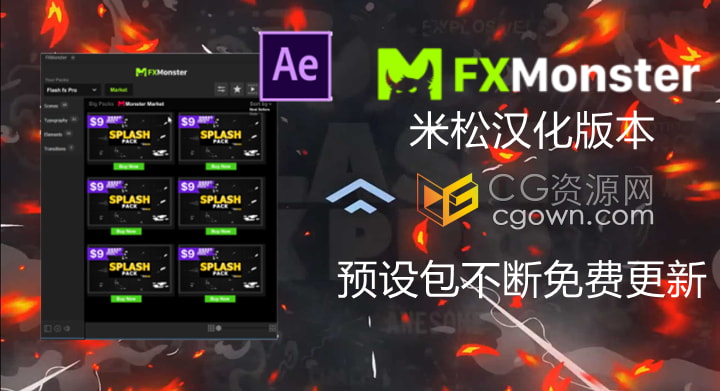
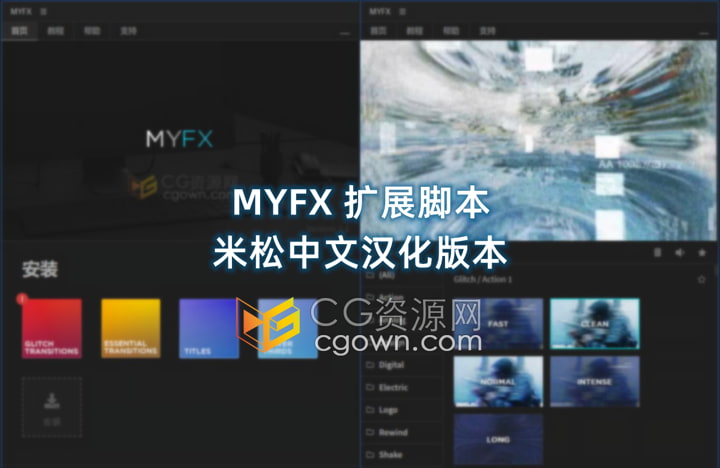
0 条评论